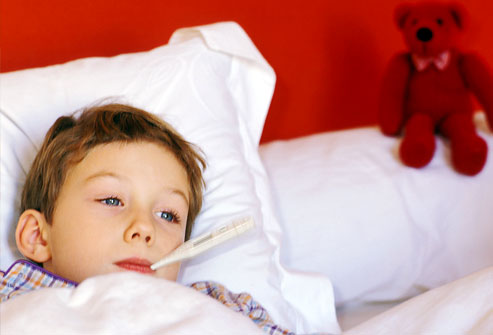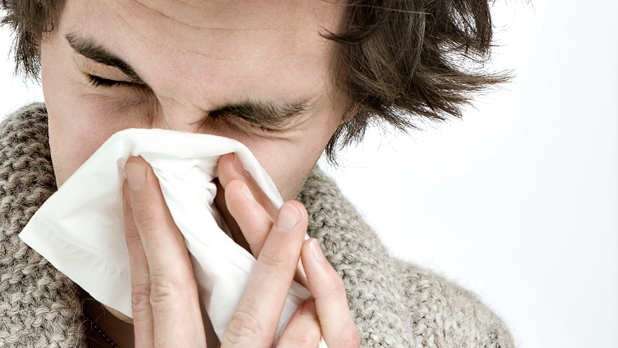Fever, Age 4 and Older Fever Temperatures in Children
Fever, Age 4 and Older
Fever is the body's normal and healthy reaction to infection and other illnesses, both minor and serious. It helps the body fight infection. Fever is a symptom, not a disease. In most cases, having a fever means you have a minor illness. When you have a fever, your other symptoms will help you determine how serious your illness is.
Temperatures in this topic are oral temperatures. Oral temperatures are usually taken in older children and adults.
Normal body temperature
Most people have an average body temperature of about 98.6° F (37° C), measured orally (a thermometer is placed under the tongue). Your temperature may be as low as 97.4° F (36.3° C) in the morning or as high as 99.6° F (37.6° C) in the late afternoon. Your temperature may go up when you exercise, wear too many clothes, take a hot bath, or are exposed to hot weather.
Fever temperatures
A fever is a high body temperature. A temperature of up to 102° F (38.9° C) can be helpful because it helps the body fight infection. Most healthy children and adults can tolerate a fever as high as 103° F (39.4° C) to 104° F (40° C) for short periods of time without problems. Children tend to have higher fevers than adults.Keep in mind, if you are concerned in any way regarding your child's fever consult your primary care physician immediately. A fever for prolonged period of time (over 3 days) may be an indication of an infection that may require antibiotics.
The degree of fever may not indicate how serious the illness is. With a minor illness, such as a cold, you may have a temperature, while a very serious infection may cause little or no fever. It is important to look for and evaluate other symptoms along with the fever.
If you are not able to measure your temperature with a thermometer, it is important to look for other symptoms of illness. A fever without other symptoms that lasts 3 to 4 days, comes and goes, and gradually reduces over time is usually not a cause for concern. When you have a fever, you may feel tired, lack energy, and may not eat as much as usual. High fevers are not comfortable, but they rarely cause serious problems.
Oral temperature taken after smoking or drinking a hot fluid may give you a false high temperature reading. After drinking or eating cold foods or fluids, an oral temperature may be falsely low. For information on how to take anaccurate temperature, see the topic Body Temperature.
Causes of fever
Viral infections, such as colds and flu, and bacterial infections, such as a urinary tract infection or pneumonia, often cause a fever.
Travel outside your native country can expose you to other diseases. Fevers that begin after traveling in other countries need to be evaluated by your health professional.
Fever and respiratory symptoms are difficult to evaluate during the flu season. A fever of 102° F (38.9° C) or higher for 3 to 4 days is common with the flu.
Recurrent fevers are those that occur 3 or more times within 6 months and are at least 7 days apart. Each new viral infection may cause a fever. It may seem that a fever is ongoing, but if 48 hours pass between fevers, then the fever is recurring. If you have frequent or recurrent fevers, it may be a symptom of a more serious problem. Talk to your doctor about your fevers.
Treating a fever
In most cases, the illness that caused the fever will clear up in a few days. You usually can treat the fever at home if you are in good health and do not have any medical problems or significant symptoms with the fever. Make sure that you are taking enough foods and fluids and urinating in normal amounts.
cool baths, less clothing, ice pops or ice cream if you can get your child to consume, cool fluids all help in cooling the child.





